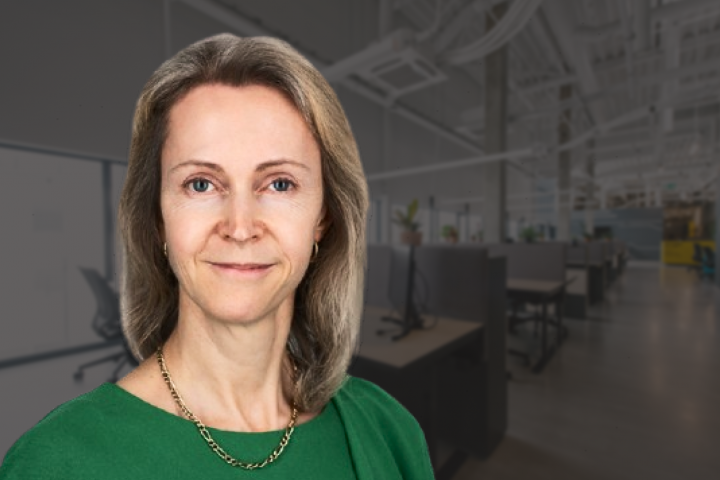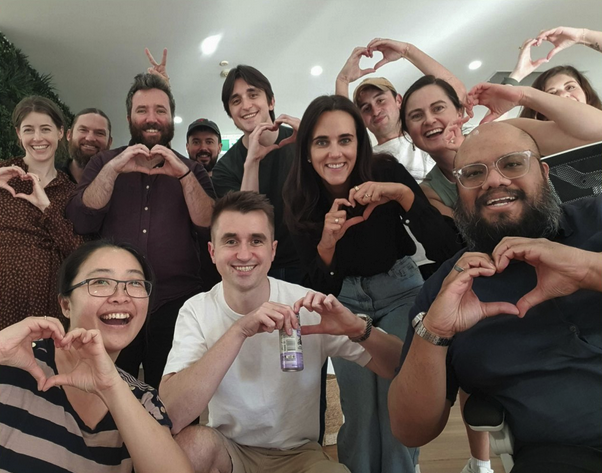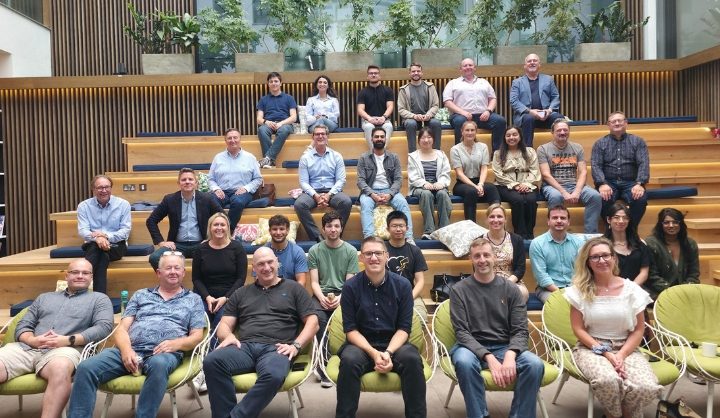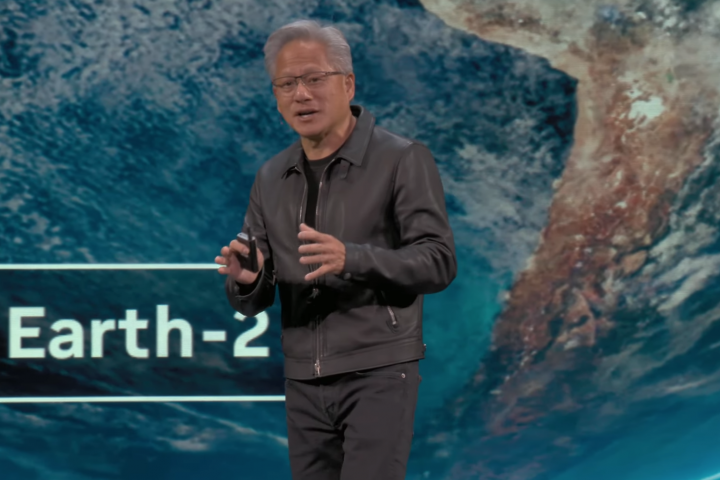OpenAI chief executive Sam Altman announced that he and co-founder Jakub would host a livestream today at 10:30 a.m. Pacific Time to explain sweeping organisational changes at the artificial-intelligence company.
The update will cover a new corporate structure in which OpenAI’s nonprofit remains the controlling entity while its limited liability company (LLC) converts into a public benefit corporation (PBC).
The session will also address updated research goals, product evolution, infrastructure expansion, and early funding plans for the nonprofit’s initiatives.
In a post on X (formerly Twitter), Mr Altman described the update as “probably the most important stuff we have to say this year.”
The move formalises a hybrid structure that blends nonprofit governance with a mission-aligned for-profit arm.
The shift follows months of internal and regulatory review, and Altman expressed gratitude to the Delaware and California attorneys general, Microsoft, investors, and the company’s staff for helping reach “a good place” with the new framework.
Under the revised model, OpenAI’s nonprofit board will continue to control the overall mission and governance of the organisation, while the for-profit PBC will execute commercial operations.
Public benefit corporations are designed to pursue social or environmental goals alongside profit, creating legal obligations for directors to balance public benefit with shareholder interests.
The change could allow OpenAI to attract and deploy capital more effectively, funding large-scale research and infrastructure projects while maintaining oversight by its nonprofit parent.
“If we do our jobs well,” Altman said in his post, the nonprofit will become “the best-resourced non-profit ever.”
Acknowledging regulators in Delaware and California suggests that the restructuring required approval at both the state incorporation and charitable-oversight levels.
Microsoft—OpenAI’s largest strategic partner and investor, was also thanked, indicating continued alignment between the firms amid the structural shift.
Microsoft’s multibillion-dollar partnership provides cloud infrastructure and integration into its products, making the governance and operational stability of OpenAI crucial to both parties.
Experts note that hybrid models like OpenAI’s are gaining traction among mission-driven technology organisations.
By embedding a public-benefit mandate into a for-profit structure, companies seek to reconcile innovation and profitability with ethical and social considerations.











